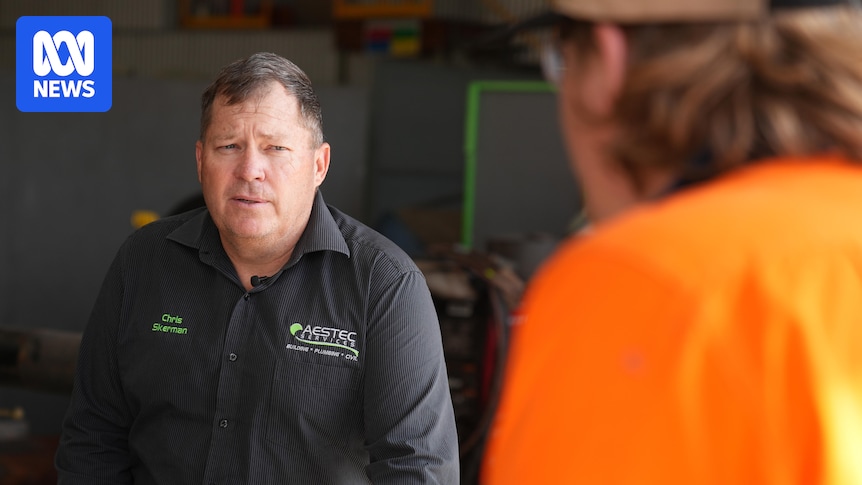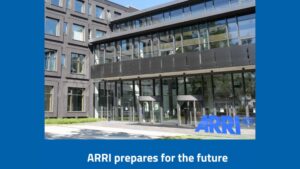
A few years ago, green hydrogen was the buzzword in Gladstone, a town traditionally reliant on coal. The promise was that this new zero-emissions fuel would transform the local energy landscape. Chris Skerman, who runs a civil construction and industrial maintenance firm in the area, recalls the excitement vividly.
“Very, very big projects were being discussed — billions and billions of dollars worth of construction in the area,” he said. “It was pretty exciting.”
Some of the anticipated projects did materialize, including Fortescue’s $150 million green hydrogen facility on the city’s outskirts, which opened in April 2024. However, just over a year later, the facility sits silent. Fortescue has scaled back its ambitions, while others have exited the hydrogen sector entirely. This has left many in Gladstone, including Skerman, feeling uncertain about the future of hydrogen.
A Hard Year for Hydrogen
The past year has been challenging for advocates of Australian green hydrogen. The most significant blow was the cancellation of a $14 billion project in Gladstone, backed by the Queensland government-owned Stanwell Corporation. Late last year, Origin Energy withdrew from a massive project in the Hunter region, citing financial impracticalities. Despite this, Orica, its partner in the Hunter project, continues with a scaled-back version, supported by more than $430 million from the federal government.
Fortescue confirmed in July that it had abandoned its Gladstone hydrogen project, along with another in Arizona. Despite this, the company remains committed to using hydrogen technology to manufacture green iron at its Christmas Creek mine in the Pilbara. According to Dino Otranto, Fortescue’s chief executive of metals and operations, the company does not regret its efforts in the hydrogen space.
“I certainly don’t think that we’ve made judgement errors or huge mistakes in this space,” Otranto said. “Any new energy will involve taking some risk on a number of different technologies. Some will pay off, and some won’t.”
High Hopes Meet Hard Economics
The concept of Australia as a ‘renewable superpower’ is straightforward. The country’s vast landscape offers immense potential for solar and wind energy generation, which has become increasingly affordable. This energy can be harnessed to produce green hydrogen, used in manufacturing green iron and ammonia for global export. However, the economic challenges are significant.
Governments have invested heavily in hydrogen, with the former Morrison government initiating support for ‘hydrogen hubs’ and the Albanese government committing $4 billion in taxpayer support, primarily as ‘production credits’. Despite this, energy analyst Saul Kavonic from MST Financial notes the lack of tangible progress.
“All those hopes that we would see this big green hydrogen economy have pretty much come to nothing,” Kavonic said. “Ultimately, what it comes down to is green hydrogen is very expensive to produce.”
He explained that the cost of green hydrogen is currently 300 to 700 percent higher than competing energy sources like gas, necessitating significant cost reductions in electrolyser equipment and energy sources.
Government’s Role and Future Prospects
Despite these challenges, the Albanese government remains optimistic about green hydrogen. Energy Minister Chris Bowen likens the technology to solar and batteries, which initially seemed prohibitively expensive but have since become more affordable.
“Yes, it’s taking longer than I would like to become commercial. It’s taking longer than some people predicted,” Bowen said. “But the work continues, and its opportunity and potential remains.”
Bowen emphasizes that for sectors like cement, steel, and fertiliser production, which cannot decarbonize without hydrogen, the technology’s development is crucial. Meanwhile, Germany has invested in Australia’s hydrogen industry, seeing it as essential for its own decarbonization goals.
Germany’s ambassador to Australia, Beate Grzeski, stated, “Despite the withdrawal of projects, we still see a significant number of projects in the pipeline and the potential of Australia’s resources.”
Scaling Back for a Sustainable Future
Experts argue that the industry needs to start on a smaller scale and grow gradually. Alison Reeve, Energy Program Director at the Grattan Institute, notes that many initial projects were unrealistically large. She suggests focusing on intermediate steps, such as replacing a portion of current hydrogen use in ammonia plants with green hydrogen.
Reeve also points out that the substantial subsidies from the Albanese government are part of a competitive ‘arms race’ with the US, which offers even larger subsidies. She advocates for a shift in support strategies, moving away from profit-dependent tax credits and accepting that some projects may fail.
Chris Bowen remains hopeful, stating, “Reports of the death of green hydrogen are, in my view, exaggerated.”
For Gladstone’s mayor, Matt Burnett, and business owners like Chris Skerman, the potential for green hydrogen investment remains vital for the local economy. Skerman reflects, “This is the industry town — we build those sorts of things all the time and run these plants quite regularly. So our economy needs it.”







